Kodo millet is a type of millet native to India that grows well in tropical and subtropical regions. They are highly nutritious grains, rich in fiber, protein, and various vitamins and minerals. Kodo millet is known for its ability to grow in poor soil conditions and withstand extreme weather. It is a resilient crop well-suited to areas with challenging growing conditions. In addition to its nutritional and environmental benefits, Kodo millet is an important food source for many people in India and other parts of the world.
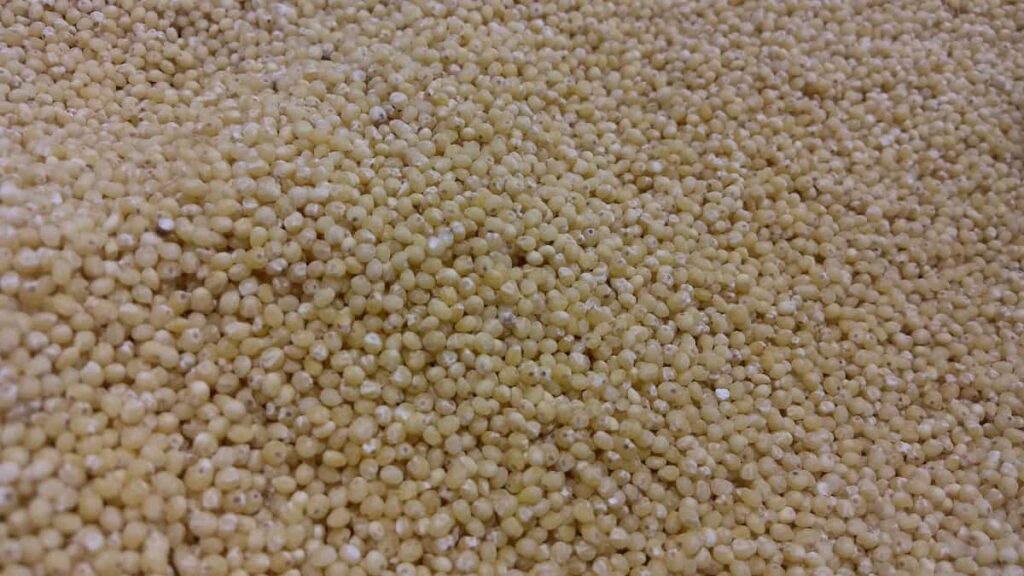
It makes various traditional dishes, including porridge, flatbreads, and fermented foods. Kodo millet is also gaining popularity in other parts of the world as a healthy and sustainable alternative to wheat and other grains. To begin organic Kodo millet farming, farmers must choose a suitable location with well-draining soil and access to sunlight. The land should be prepared by plowing and breaking up any clumps of soil to create a smooth, even surface.
The organic farming of Kodo millet involves growing the grain without synthetic pesticides or fertilizers. Crop rotation, companion planting, organic fertilizers, and pest control methods are used by organic farmers to control pests and enrich the soil. Organic Kodo millet farming is an essential source of income for many farmers in India and other countries. It is a sustainable and eco-friendly crop that can be grown with minimal resources and has the potential to combat malnutrition and food insecurity in dry and arid regions.
How to start organic Kodo millet cultivation from scratch
About Kodo millet plant
Kodo millet (Paspalum scrobiculatum) is a grain native to India and other parts of South Asia. It is an annual plant that grows to a height of about 1-2 meters and has long, slender leaves and small, white flowers. The grains are small and round and are often used in traditional Indian cuisine, as well as for animal feed. Kodo millet is highly drought-resistant and can be grown in areas with low rainfall and poor soil quality.
It is also a good source of nutrients, including protein, fiber, and minerals. It is also considered to be more digestible than other types of millet, making it a suitable choice for people with digestive issues. In addition to its uses as a food grain, Kodo millet is also used in traditional medicine for its medicinal properties. It is believed to have anti-inflammatory, antioxidant, and blood sugar-lowering effects. It is also believed to affect the gut microbiome positively and may help improve overall health and well-being.
Facts and uses of Kodo millets
- Kodo millets have a nutty flavor and are rich in nutrients, including protein, fiber, and minerals such as iron, zinc, and phosphorus.
- They can be ground into flour and used to make various dishes, including roti, dosas, and idlis.
- Kodo millet can also be used as a substitute for rice in dishes such as pulao and biryani.
- They are more digestible than other cereals, making them a good choice for people with digestive issues.
- Kodo millets are also used as animal feed. They are believed to have medicinal properties, with some traditional healers using them to treat various conditions, including diabetes, heart disease, and high blood pressure.
- Kodo millet is a good source of plant protein, which can help build and maintain muscle mass, which is important for weight loss as muscle burns more calories than fat.
- Consuming Kodo millet is beneficial for weight loss.
Step-by-step Guide for beginners in organic Kodo millet farming
Varieties/ Hybrids of Kodo millet farming
- Pukhtoon-1: This variety is grown in the hilly areas of Afghanistan and Pakistan. It is known for its high grain yield and drought tolerance.
- Kodo-2: This variety is grown in the central and eastern parts of India. It has a high grain yield and is resistant to leaf and stem diseases.
- Manohara: This variety is grown in the western parts of India and Pakistan. It has a high grain yield and is resistant to stem borer pests.
- Gurjant: This variety is grown in northern India and Afghanistan. It has a high grain yield and is resistant to stem borer pests.
Find a high-yielding variety appropriate for your area by contacting your local agriculture department.
Organic Kodo millet Land preparation and soil requirements
Land preparation for organic Kodo millet
Clearing the land of any weeds, rocks, or debris that may hinder the growth of the millet. Plowing the soil to a depth of about 8 inches loosens the soil and incorporates organic matter. Adding organic material to the soil, such as compost or well-rotted manure, improves its structure and fertility. Raking the soil creates a smooth, even surface for planting.
In case you missed it: Growing Pearl Millet, Cultivation Practices For Beginners
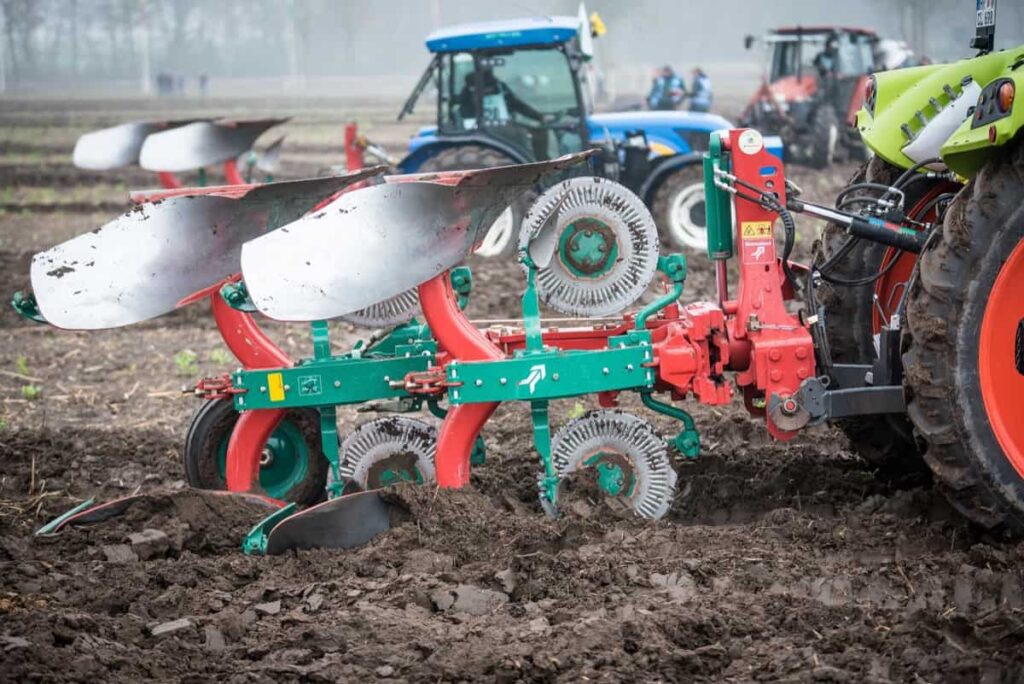
Soil requirements for organic Kodo millet
With a pH range of 5.5 to 7.0, soils with good drainage, such as alluvial, loamy, and sandy soil, are the best. They have a good structure, moderate fertility, can tolerate some alkalinity levels, and are adaptable to various soils, from very poor to very fertile. Adequate moisture retention to support the millet’s growth in a sunny location with at least 6 hours of direct sunlight per day.
In case you missed it: Barnyard Millet Farming: Production and Cultivation Practices, Planting to Harvesting, and Yield
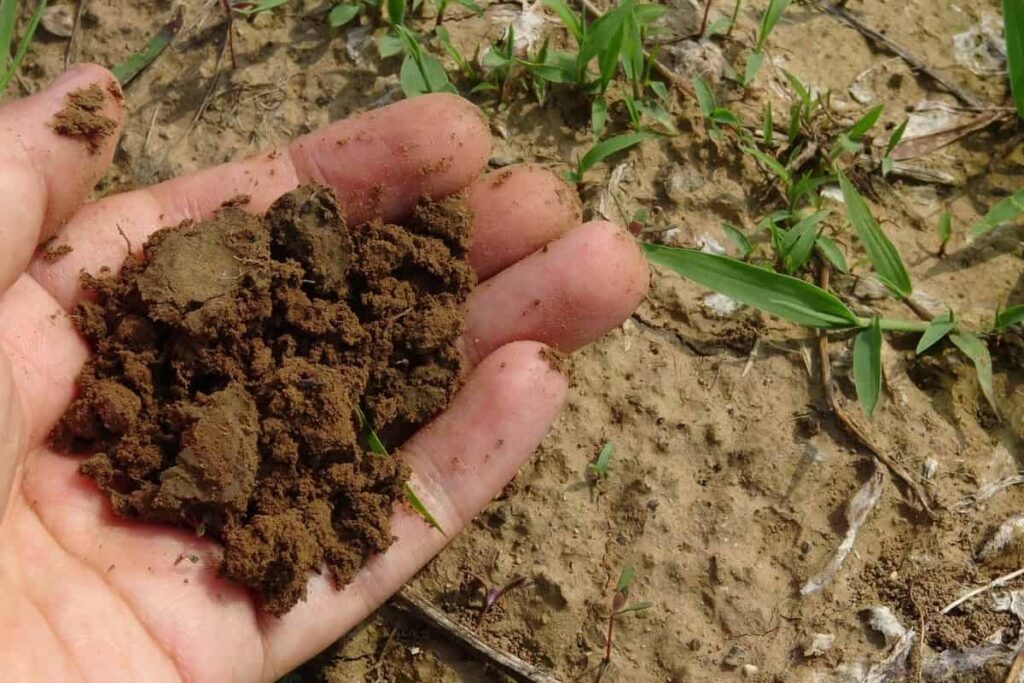
Adequate levels of organic matter and nutrients, such as nitrogen, phosphorous, and potassium. The soil should also be fertilized with organic compost or well-rotted manure to provide the necessary nutrients for the millet to grow. Kodo millet is a low-maintenance crop that does not require large amounts of fertilizers, but a light application of compost or manure can help to ensure good crop yields.
Climate, temperature, and rainfall requirements for Organic Kodo millet farming
Organic Kodo millet farming requires a warm, humid climate with average temperatures ranging from 25-30°C. Kodo millet is drought-tolerant and can survive in dry conditions with proper irrigation. However, consistent and sufficient water is necessary for optimal growth and yield. The crop is also sensitive to frost and should be protected from extremely cold temperatures. It is typically grown in the tropical and subtropical regions of Asia.
- Temperature: Kodo millet can tolerate temperatures ranging from 15°C to 40°C, with optimal growth occurring at temperatures between 25°C to 35°C.
- Rainfall: Kodo millet requires moderate to high levels of rainfall, typically between 500-900 mm per year. It can tolerate drought conditions, but growth and yields may be reduced if the plant does not receive adequate moisture.
Propagation in Organic Kodo millet farming
Organic Kodo millet farming involves the propagation of the Kodo millet plant through seeds. The seeds are typically sown in well-prepared soil directly in the field or in seedlings trays. The seedlings are then transplanted into the field once they have reached a suitable size. Choosing high-quality seeds from a reliable source is essential to ensure successful propagation. The seeds should be stored in a dry, cool place until they are ready to be planted.
Before planting, the soil should be prepared by loosening, removing weeds or debris, and adding organic matter such as compost or manure to improve soil fertility. The seeds should be planted at a depth of about 1 cm, and 4 kg of seed will generate enough seedlings to cover 1 ha of land. It is essential to water the seeds regularly, particularly during dry periods, to ensure that the soil remains moist.
The seedlings should also be protected from strong winds and direct sunlight, as these can damage the young plants. Once the seedlings have reached a sufficient size, they can be transplanted into the field. Choosing a location with well-draining soil and sufficient sunlight for the Kodo millet to grow is essential.
Seed rate for Organic Kodo millet farming
Kodo millet seed rates of 10-15 kg per hectare are 10 kg per line of sowing and 15 kg per ha for broadcasting. It is essential to properly prepare the soil before planting and to follow proper spacing guidelines for optimal growth and yield. It is also recommended to use seed that has been treated with a natural seed dressing to protect against pests and diseases.
Sowing and spacing in organic Kodo millet farming
Organic Kodo millet farming depends on the proper spacing and sowing of the grain. Here are some tips for sowing and spacing in organic Kodo millet farming:
- Sowing: Kodo millet can be sown using seed drills or broadcasting seeds. Sow the seeds in rows at a depth of about 1-2 cm and cover them with soil. Kodo millet seeds germinate within 5-7 days.
- It is beneficial to treat seeds with Azospirullum brasilense (nitrogen-fixing bacterium) and Aspergillus awamouri (phosphate solubilizing fungus) at a rate of 25 g kg -1.
- Spacing: The spacing between the rows should be around 20-25 cm, and between the plants should be around 10-12 cm. It will allow enough space for the plants to grow and allow proper air circulation, which is essential for the overall health of the plants.
- Line Sowing method with line sowing at 3-4cm deep and Three to four-week-old seedlings should be transplanted two per hill at a distance of 25X8 cm or 2-3cm deep.
In case you missed it: Organic Foxtail Millet Farming: Production and Management Practices for Beginners
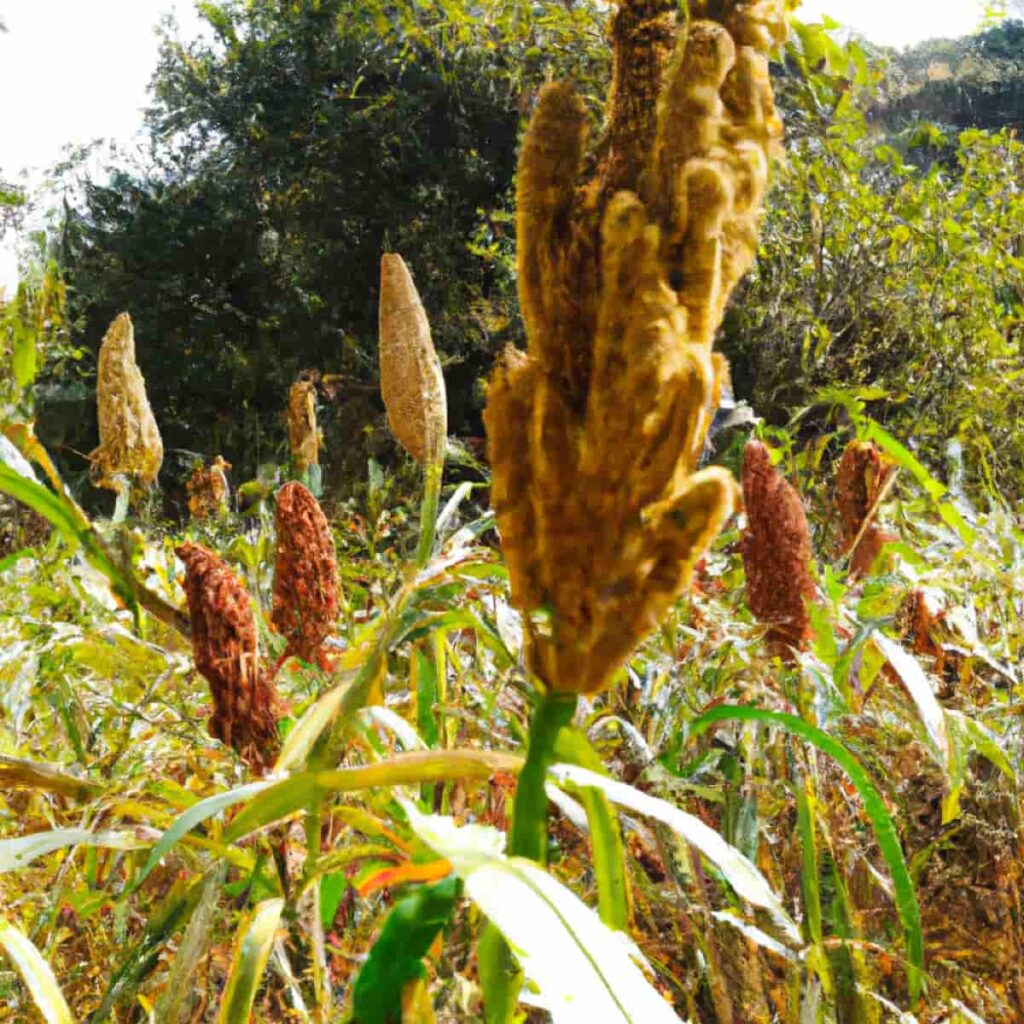
Kodo millet farming with organic manures and bio-fertilizers
Kodo millet farming can benefit significantly from using organic manures and bio-fertilizers. These natural inputs help to improve soil health, enhance crop growth and yields, and reduce the need for chemical fertilizers. Organic manures are natural materials rich in nutrients and can be used to fertilize the soil. They include animal manure, compost, and green manure.
Animal manure is a good source of nitrogen, phosphorous, and potassium and can be applied to the soil before planting or as a top dressing. Compost is made from decomposing organic matter, such as plant waste and food scraps, and provides a slow-release form of nutrients. Green manures are plants explicitly grown to add organic matter to the soil, such as legumes or mustard greens. Bio-fertilizers are live microorganisms that provide nutrients to plants.
They include nitrogen-fixing bacteria, phosphorous-solubilizing bacteria, and rhizobia, which can improve the availability of these nutrients in the soil. Bio-fertilizers can be applied to the soil through seed inoculation or as a soil drench. Using organic manures and bio-fertilizers in Kodo millet farming can help to improve soil health, increase crop yields, and reduce the environmental impact of farming. However, following application rates and timing recommendations carefully is essential to ensure optimal results.
Intercropping in Organic Kodo millet farming
Some common crops that can be intercropped with Kodo millet include legumes (such as beans and lentils), vegetables (such as tomatoes and peppers), and other grains (such as rice and wheat). Therefore, considering the compatibility of different crops and their growing requirements is essential when planning an intercropping system.
Organic Kodo millet farming Weed control practices
Hand hoeing should be used for inter-cultivation and weeding; three hoeings should be enough to control weeds in problem areas. It can also be used with the following operations for the best weed control:
- Cover cropping: Cover crops such as legumes or grasses can help suppress weeds by competing with them for resources. It can be particularly effective when the cover crop is planted between rows of Kodo millet.
- Mulching: Applying a layer of mulch, such as straw or leaves, can help prevent weeds from germinating by blocking sunlight.
- Hand weeding: Removing weeds by hand can be time-consuming, but it can effectively control weeds in small or isolated areas.
- Herbicides: Some organic farmers may use natural herbicides like vinegar or citric acid to control weeds. These herbicides are generally less toxic than synthetic options.
- Crop rotation: Rotating Kodo millet with other crops can help reduce the buildup of weeds that are specific to certain crops.
In case you missed it: Organic Foxtail Millet Farming: Production and Management Practices for Beginners
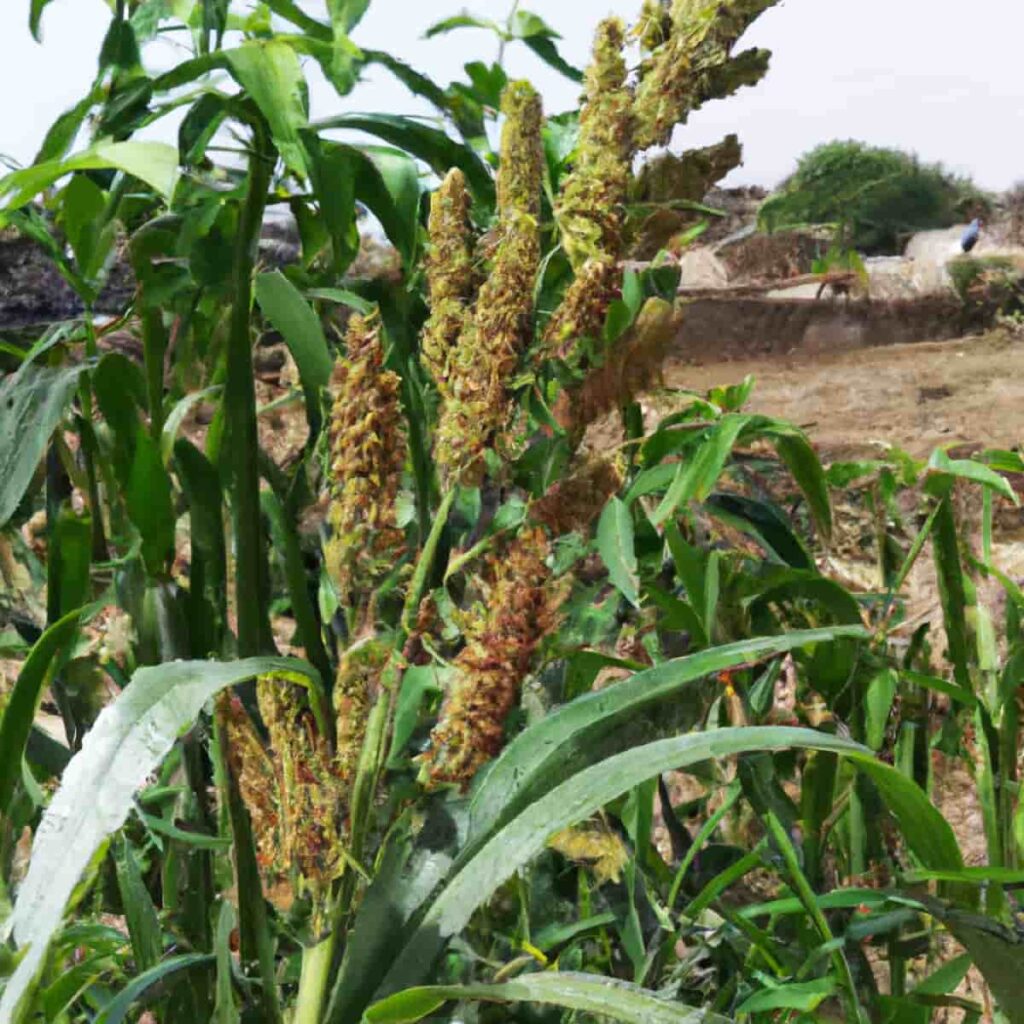
Organic pest and diseases in Kodo millet farming
Head smut is a serious disease caused by Sorosporium paspali-thunbergi. Seed treatment can prevent pathogens from spreading through seeds. Like any other crop, Kodo millet can be affected by a variety of pests and diseases that can reduce yields and potentially damage plants. Here is a list of some common pests and diseases that can affect Kodo millet:
- Stem borers: These insects can cause significant damage to Kodo millet by feeding on the stems of the plants, which can lead to reduced plant growth and yields.
- Aphids: Aphids are sap-sucking insects that can attack Kodo millet plants, leading to reduced plant growth and reduced yields.
- Caterpillars: Some species of caterpillars, such as the armyworm and cutworm, can feed on Kodo millet plants and cause significant damage.
- Powdery mildew: This fungal disease causes a white, powdery growth on the leaves of Kodo millet plants, which can reduce photosynthesis and lead to reduced yields.
- Leaf spot diseases: Leaf spot diseases, such as brown spots and blight, can affect Kodo millet plants and cause the leaves to become discolored and die.
- Downy mildew: This fungal disease can affect Kodo millet plants and cause them to wilt and die.
- Root rot: Root rot is a disease caused by fungal pathogens that can attack the roots of Kodo millet plants, leading to reduced plant growth and reduced yields.
To manage pests and diseases in Kodo millet farming, it is important to practice good crop management practices, such as crop rotation, proper irrigation, and the use of pest-resistant varieties. A few ideal Organic practices are as follows:
- Crop rotation: This involves planting different crops in different fields each year to prevent the buildup of pests and diseases.
- Use of resistant varieties: Some varieties of Kodo millet have been developed that are resistant to specific pests and diseases. These varieties can be grown to reduce the risk of crop loss.
- Proper field sanitation: Cleaning up the field and removing plant debris after harvest can help prevent the buildup of pests and diseases.
- Use of organic pesticides: Several organic pesticides can be used to control pests and diseases in Kodo millet farming, such as neem oil, pyrethrum, and botanical extracts.
- Practice good agricultural practices: Proper watering, fertilization, and weed control can help prevent the spread of pests and diseases in the field.
- Use of beneficial insects: Some insects, such as ladybugs and lacewings, are natural predators of pests and can be introduced to the field to help control pest populations.
- Use of organic fertilizers: Organic fertilizers, such as compost and animal manure, can help improve soil health and reduce the risk of pests and diseases in the field.
In case you missed it: Finger Millet Cultivation; Ragi Farming Techniques
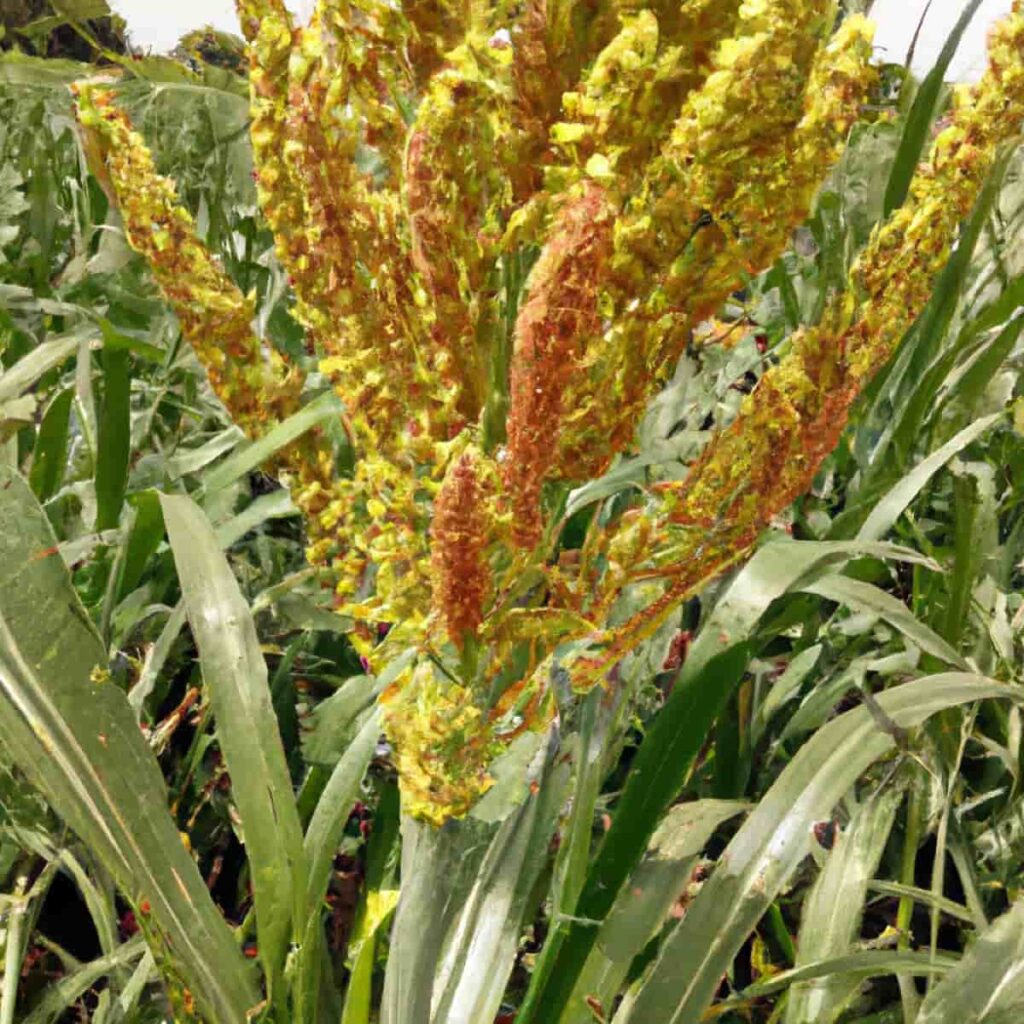
Harvesting of Kodo millet farming
Kodo millet is typically harvested in the late summer or early fall when the grains have reached their mature size and the plants have turned yellow or brown. Generally, the crop reaches maturity in 100 days. Therefore, the first step in the harvesting process is to cut down the Kodo millet plants using a sickle or other cutting tool. Once the plants are cut down, they can be left to dry in the field for a few days to allow the grains to fully mature.
After the plants have dried, the grains can be separated from the stalks by threshing, which involves beating the plants with a stick or using a machine to separate the grains. After separating the grains, they can be cleaned and sorted to remove any debris or impurities. The cleaned grains can then be stored in a dry, cool place until they are ready to be used or sold.
Processing and storage of Kodo millet
The first step in the processing of Kodo millet is harvesting. This is done by cutting the stalks of the millet plants using a sickle or other sharp instrument. Once the stalks have been cut, they are left to dry in the sun for a few days. This helps reduce the grain’s moisture content, making it easier to remove the husk or outer layer. Once the stalks have dried, the next step is threshing.
This involves separating the grain from the husk by beating the stalks with a stick or using a machine. The husk is then removed by winnowing, which involves tossing the grain into the air so that the lighter husks are blown away by the wind. After the grain has been threshed and winnowed, it is ready for storage. Kodo millet can be stored in several ways, including in bags or containers made of fabric, plastic, or metal. It is important to store the millet in a cool, dry place to prevent it from becoming moldy or infested with pests.
Yields in Kodo millet farming
The yield of Kodo millet farming can vary significantly depending on several factors, including the quality of the soil, the amount of irrigation, the weather conditions during the growing season, and the cultivation practices employed by the farmer. On average, Kodo millet yields can range from 1.5 to 3.5 tons per hectare. In some cases, yields may be higher or lower depending on these and other factors.
- How to Raise Pigs in Your Own Backyard: A Comprehensive Guide
- Budget Friendly Sheep Shed Ideas: Cheap and Low-Cost Tips
- How Much Do Cattle Farmers Make: Revenue Streams in Cattle Farming
- Management Pests and Diseases in Your Cotton Field
- Sheep Farming Business Plan for Beginners
- Aquaponic Farming at Home: A Step-By-Step Guide
- Profitable Village Farming Business Ideas in 2024
- High-Yield Aquaculture: Fast-Growing Fish for Farming
- Effective Fish Pond Construction Techniques for Beginners
- Irrigation and Water Management in Pineapple Farming
- Blossom to Harvest: Mastering Flowering and Pollination in Papaya Farming
- Pig Fattening Essentials: From Selection to Sale for Beginners
- Raising Wagyu Cattle: A Complete Guide for Premium Beef Production
- Soil Types and Their Water Holding Capacity
- Optimizing Irrigation Schedules for Coconut Groves for Enhanced Yield
- Espresso Your Garden: Coffee Grounds for Healthier Acid-Loving Plants
- The Best Soil Mix for Snake Plants: How to Mix Your Own Snake Plant Soil
- Green Thumb Success: Expert Tips for Cultivating Greenhouse Beans All Year Round
- Bloom All Year Round: The Ultimate Guide to Indoor Hyacinth Care
- Eco-Friendly Gardening: How to Make Liquid Fertilizer from Kitchen Waste
- Ultimate Guide to Grow Anise in Pots: Explore Seed Propagation to Harvesting
- Guide to Raising Chester White Pigs: Discover Breed Facts to Growth Management
- Mastering the Elegance: The Ultimate Guide to Weeping Cherry Tree Care, Planting, and Maintenance
- Ultimate Guide to Planting Garlic in Grow Bags: Growing Strategies for Beginners
- How to Fix Spider Plant Leaf-Related Problems: Natural and Organic Remedies
- 10 Reasons Why Your Tulsi Plant is Shedding Leaves: Home Remedies and Solutions
- Optimizing Growth and Yield: The Advantages of Palm Bunch Ash Fertilizer
- Utilizing Neem Oil Extract as a Natural Pesticide for Hydrangea
- From Soil to Harvest: Various Ways in Which Farmers Can Use AI Tools
- Steps to Encourage and Induce Citrus Flowers: A Comprehensive Guide
- How to Fix Snake Plant Leaf-Related Issues: Natural and Organic Remedies
- Transform Your Garden into a Fragrant Oasis with Raat Ki Rani (Night Blooming Jasmine)
- Discover the Ideal Chicken Breeds for Philippine Farms
- How to Create a Poultry Egg Farm Business Plan for Profits
- Grow Lemon Cucumbers Like a Pro: Insider Techniques for Bountiful Yields
- Ultimate Guide to Caring for Your Pink Princess Philodendron: Tips for Thriving Variegation
